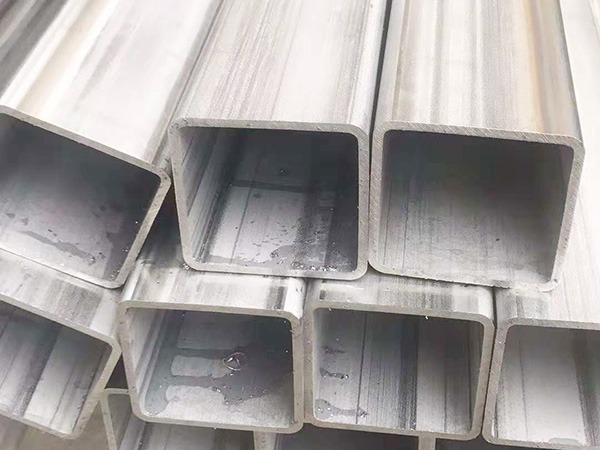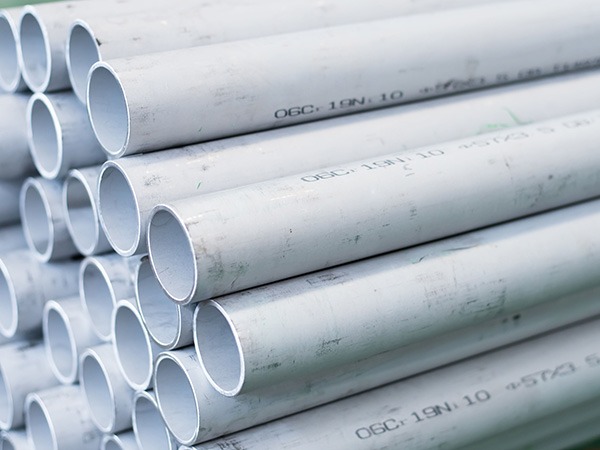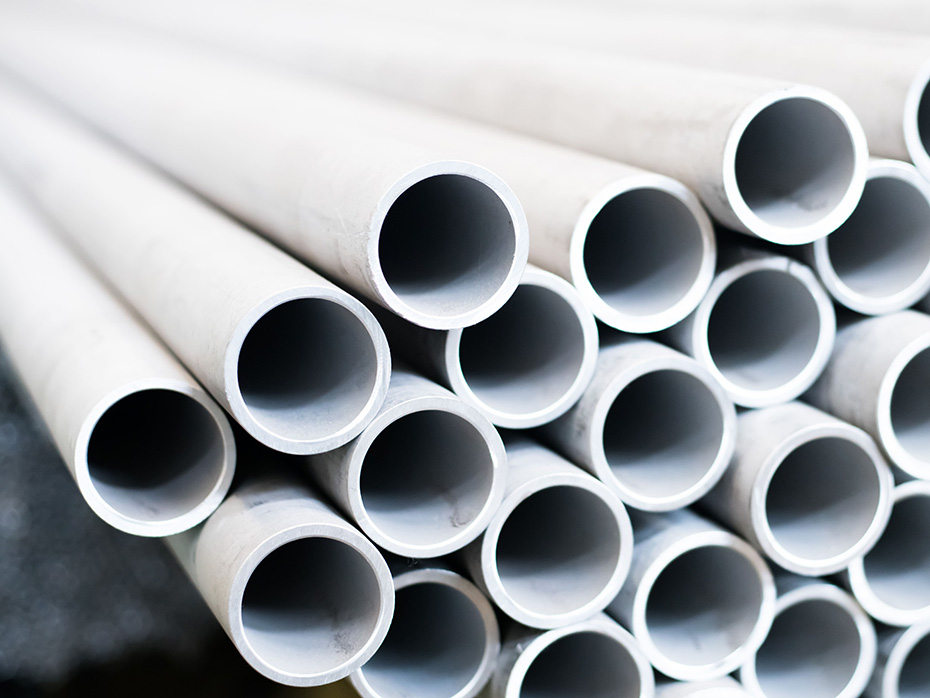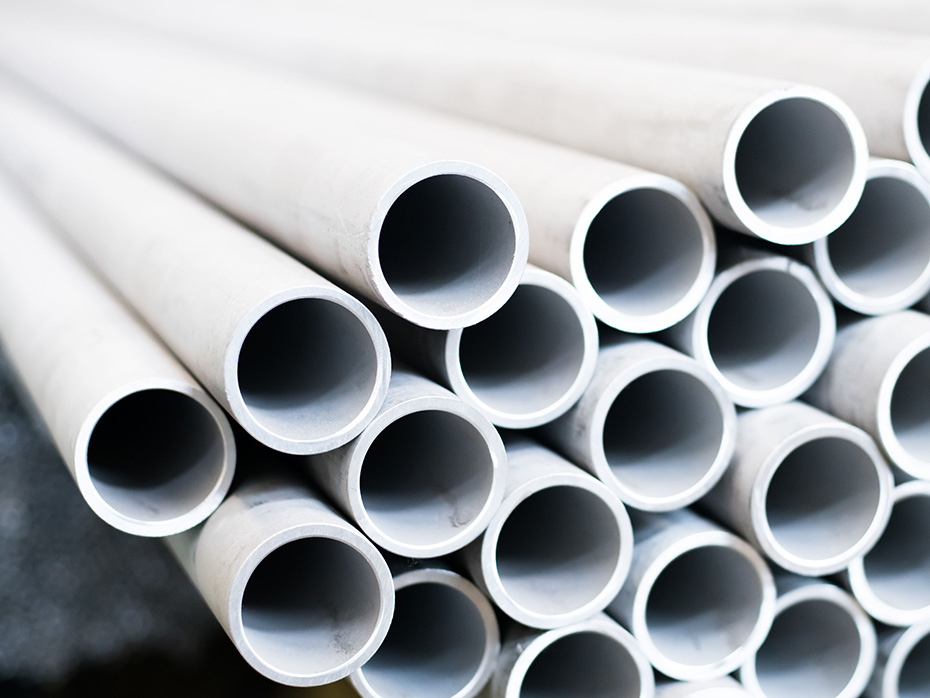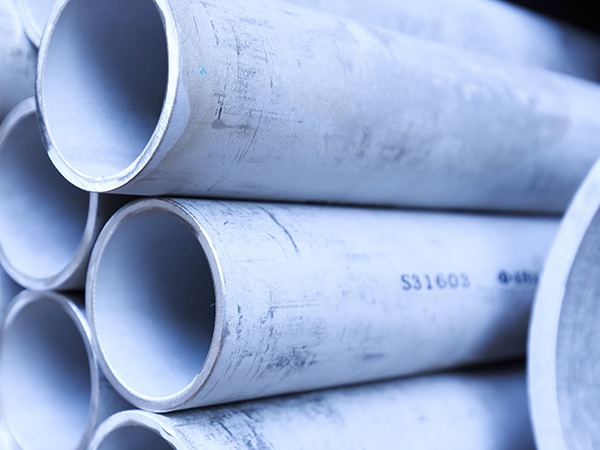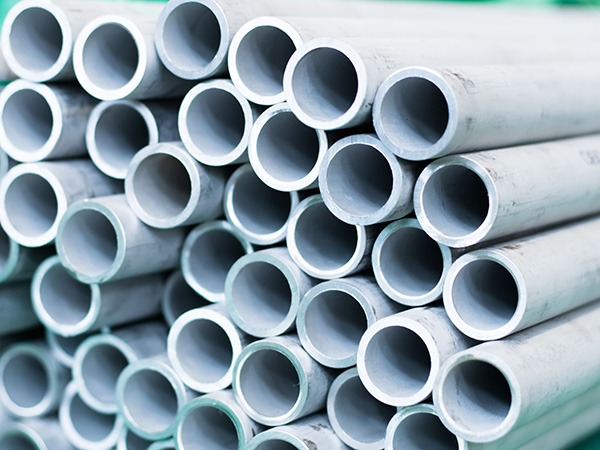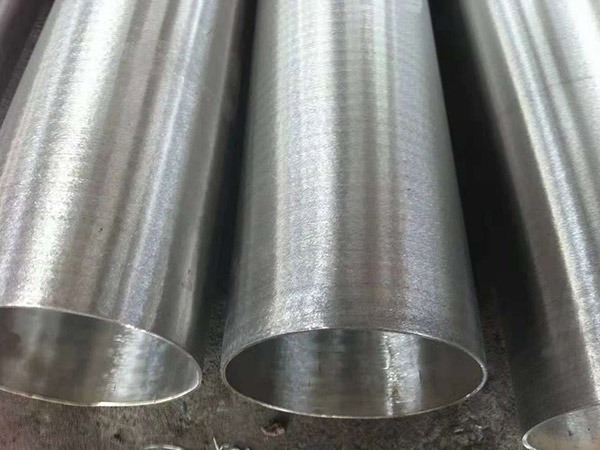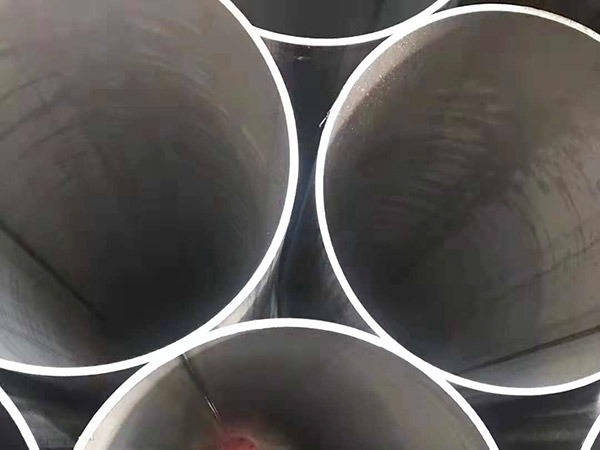PRODUCT INTRODUCTION
316L (UNS S31603) is a molybdenum-bearing austenitic stainless steel (2.0-3.0% Mo per ASTM A240). The molybdenum addition provides enhanced overall performance compared to Type 310 (S31000) and 304 (S30400) grades, particularly in elevated temperature sulfuric acid environments (≤15% or ≥85% H₂SO₄ concentration at ≤38°C/100°F, per ASTM A262 Practice C). This alloy demonstrates exceptional chloride ion erosion resistance (PREN ≥35 via Cr+3.3%Mo formula), making it the preferred material for marine engineering components (ASTM A480 Cl.2 surface finish), heat exchanger tubing (ASME SB-407), food processing equipment (3-A SSI compliant), and chemical processing systems (NACE MR0175 certified for ≤50ppm H₂S).
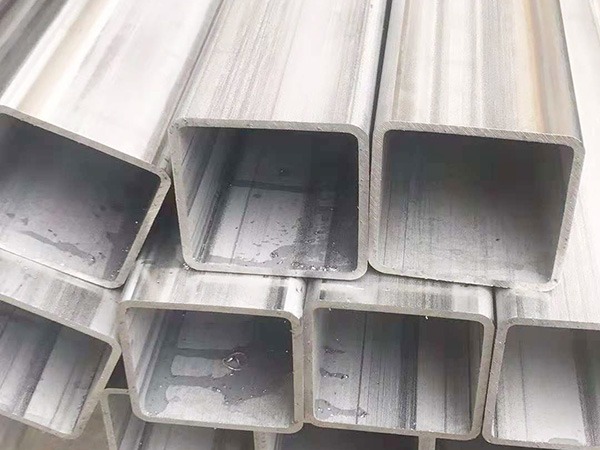
CHARACTERISTICS AND PRACTICAL USES
1、Corrosion Resistance
316L stainless steel exhibits superior corrosion resistance compared to 304 stainless steel (per ASTM A240), demonstrating effective performance in pulp and paper manufacturing processes. Additionally, 316L maintains resistance to degradation in marine environments (ISO 12944 C5-M classification) and aggressive industrial atmospheres containing sulfur compounds (≥50 ppm SO₂ per ASTM G87).
2、Thermal Resistance
316L stainless steel demonstrates good oxidation resistance during intermittent use below 1600°C (2912°F) and continuous use below 700°C (1292°F). Continuous operation within the 800-1575°C (1472-2867°F) range is strongly discouraged. However, outside this temperature range, 316L stainless steel maintains satisfactory heat resistance during prolonged service. The carbide precipitation resistance of 316L stainless steel surpasses that of 316 stainless steel, making it applicable within the aforementioned temperature parameters.
3、Heat Treatment
Solution annealing is performed within the temperature range of 1010-1150°C (1850-2102°F), followed by rapid cooling (water quenching). 316L stainless steel cannot be hardened through heat treatment due to its austenitic (FCC) structure.
4、Welding Characteristics
316L stainless steel (UNS S31603) exhibits excellent weldability (AWS A5.4/A5.9 compliant). All standard welding processes (GTAW, SMAW, FCAW) are applicable. Depending on application requirements, welding consumables shall be selected from:
316Cb (UNS S31640) filler metal
316L (ER316L) electrode
309Cb (UNS S30940) electrode
To optimize corrosion resistance, 316 stainless steel welds require post-weld heat treatment (PWHT) at 1040-1150°C (1900-2100°F) per ASME VIII Div.1. 316L stainless steel welds are exempt from PWHT when material thickness ≤19mm (0.75 in) under ASME UCS-56(c)(3).
CHEMICAL COMPOSITION(wt%)
Specifications
| C | Si | Mn | P | S | Cr | Ni | other
|
316L
| ≤0.030 | ≤1.00 | ≤2.00 | ≤0.045 | ≤0.030 | ≤16.0-18.0 | ≤10.0-14.0 | Mo:2.0~3.0 |
MECHANICAL PROPERTIES
Part 1.
Tensile Strength: 485 MPa (min) per ASTM A370
Yield Strength: 170 MPa (min) @ 0.2% offset (ASTM E8/E8M)
Elongation: 30% (min) in 50mm gauge length (ASME SA-240)
Reduction of Area: 40% (min) (ASTM A370)
Density of 316L: 7.98 g/cm³ (ASTM B311)
Hardness:
Rockwell B Scale: <90 HRB (ASTM E18)
Vickers: <200 HV (ASTM E92)
Brinell: <187 HBS (ASTM E10)
Part 2.
316L stainless steel welded pipe is a fundamental piping material, thus requiring compliance with multiple mandatory technical specifications across various aspects, particularly regarding hardness metrics. Depending on the testing methodology and application scope, hardness measurement systems include:
Brinell hardness (ASTM E10)
Rockwell hardness (ASTM E18)
Vickers hardness (ASTM E92)
Shore hardness (ASTM D2240)
Microhardness (ASTM E384)
High-temperature hardness (ASTM E228)
For welded pipe products, the three predominant hardness measurement systems are:
Brinell hardness (HB)
Rockwell hardness (HR)
Vickers hardness (HV)
APPLICATION AREA
Mechanical manufacturing, household appliances, pressure vessels, structural pipe fabrication, architectural decoration, chemical equipment, nuclear power, home appliances, catering kitchenware, elevators, solar energy, metal products, containers, automotive applications, precision electronics, rail transit, sanitary ware, food machinery.
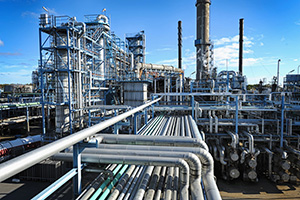
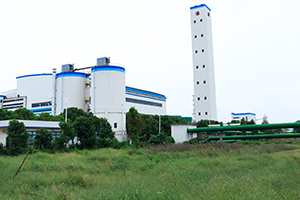
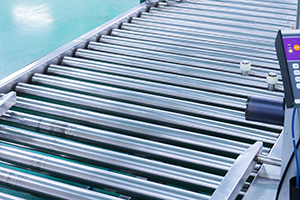
PRODUCTION STRENGTH




